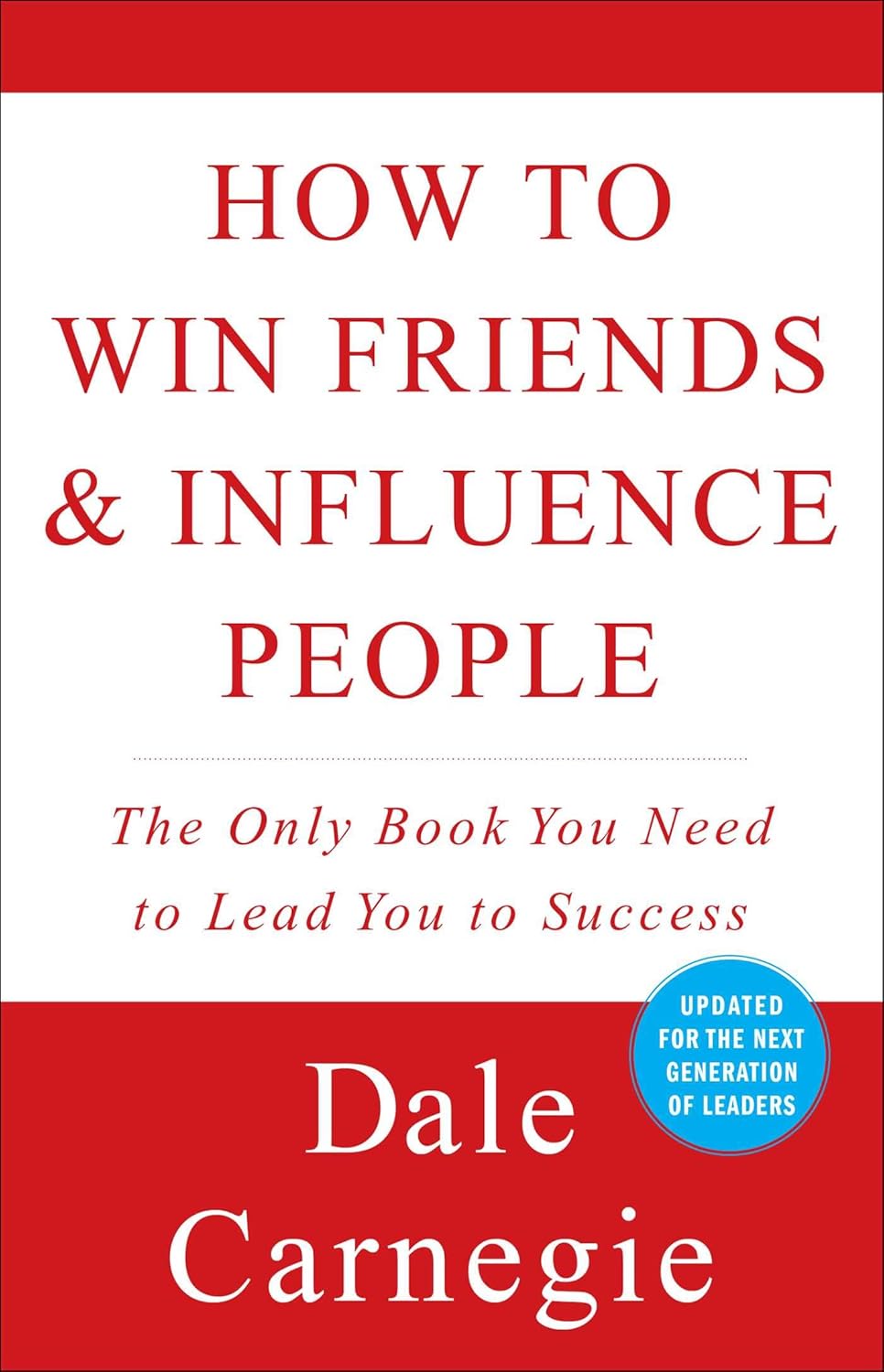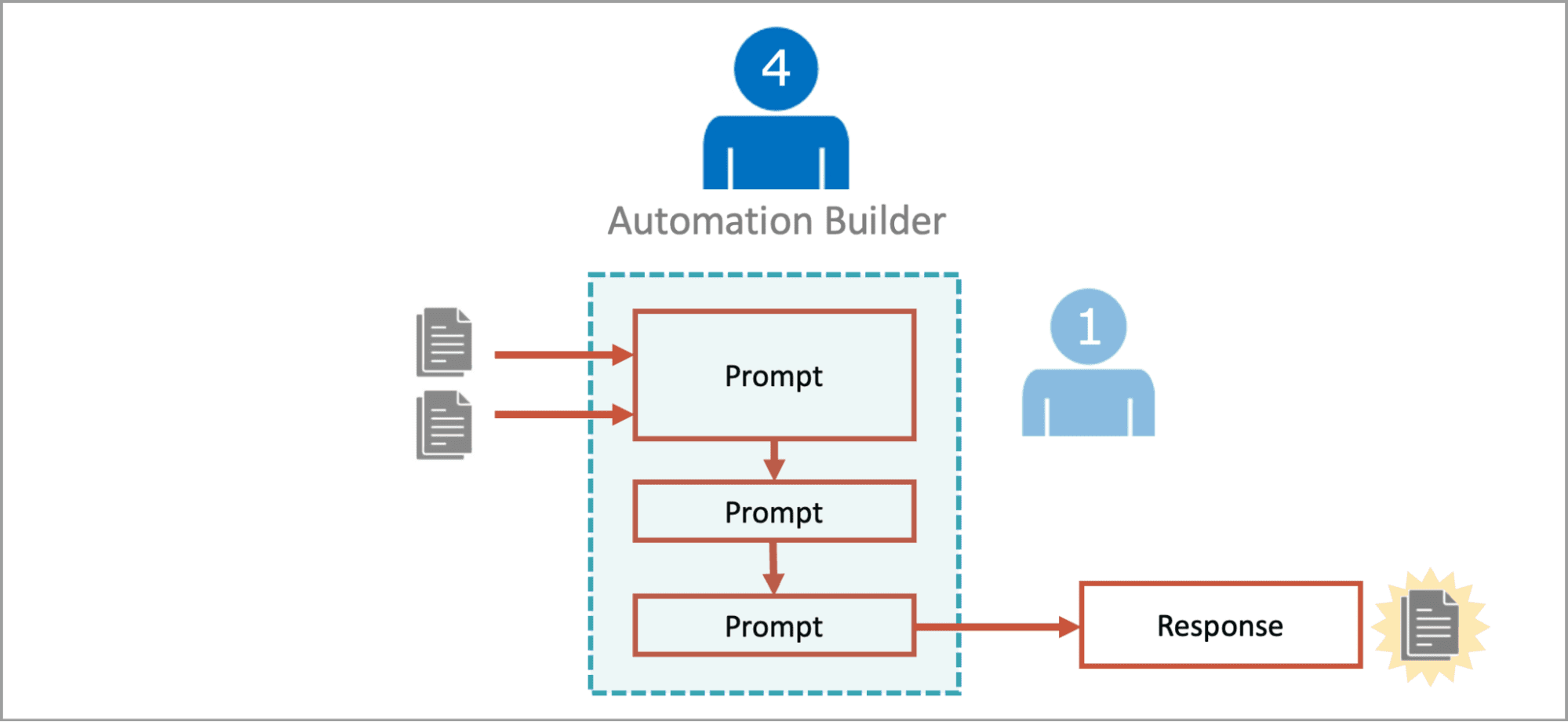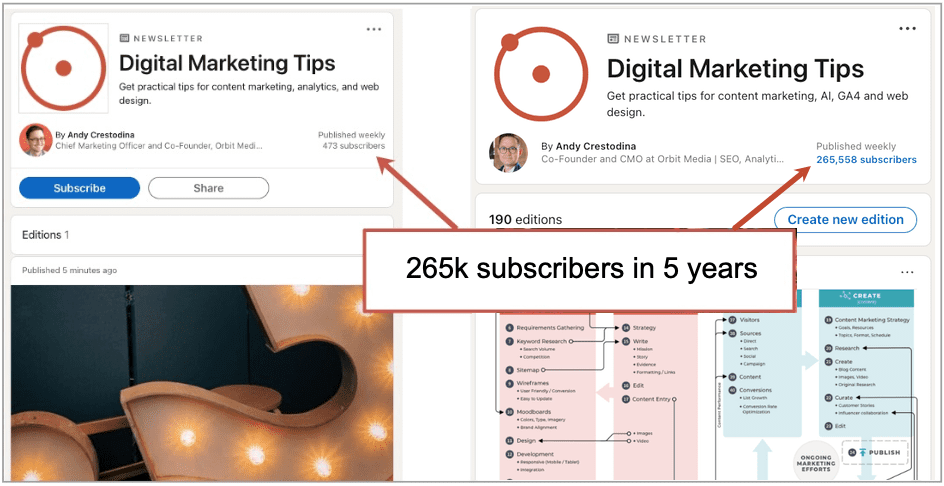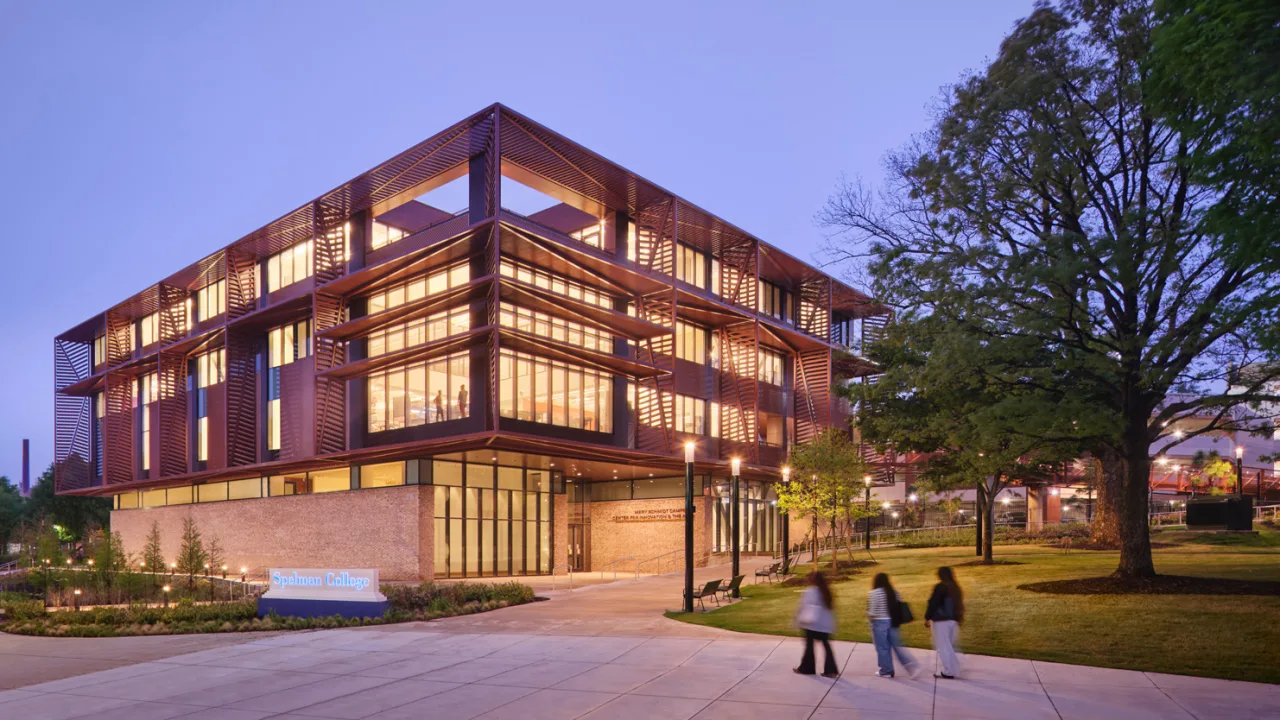How zoning quietly reshaped the world
Zoning can be difficult for the average person to parse, but it has an immense impact on our lives—everything from housing to roads and green spaces are set by these rules. Zoning boils down to regulations of how land can, and cannot be used, whether commercial, industrial, and residential areas. From rising housing costs to struggling main streets and long commutes, zoning touches upon almost every aspect of our daily lives. Sara Bronin knows this better than anyone. As a trained architect, attorney, and Cornell University professor, she has worked across many different fields of urbanism. Her work focuses on how policy can create more equitable and well-designed places. From land use to renewable energy to historic preservation and road design, her investigations into zoning offer fresh insight into how policies can be overhauled to benefit more people and their everyday lives. For the last two years, Bronin was the head of the U.S. Advisory Council on Historic Preservation, nominated by President Biden and confirmed by the Senate. She is also the founder of the National Zoning Atlas, which aims to highlight key aspects of zoning codes in an online, user-friendly map for public use. Her new book, Key to the City: How Zoning Shapes Our World, is a continuation of her research, and explores the little-known world of zoning codes and how they can be better used to improve American society. The book is an optimistic call-to-arms about zoning code changes. “I wrote the book so that people could have an ‘aha’ moment about zoning and understand that this hidden regulatory power at the local level has significant impacts on our world,” Bronin says. Key to the City looks at several U.S. cities and their zoning reforms. In Boston, the city is transforming into a haven for urban farming because of a law fought for by a group of organizers, farmers, and beekeepers; in Tucson, Arizona, zoning codes are drought-proofing neighborhoods in peril in the face of climate change; in Delray Beach, Florida, a new code aims to maintain the charming town’s vibrancy through architecture. I spoke with Bronin about the zoning’s impact on our lives, despite our sometimes not even being aware of it. Our conversation has been edited for clarity. You just published a book. Tell me about it? [Photo: Courtesy of Sara Bronin] I wrote the book so that people could have an aha moment about zoning and understand that this hidden regulatory power at the local level has significant impacts on our world. The book covers a wide range of topics from facilitating small businesses to making our food supply stronger and safer, to ensuring people have access to transportation, and of course, to providing people with a diverse range of housing options. I’m hopeful that the book will expose zoning’s immense power across various aspects of our lives. I was just reading about Long Island City and how there’s a new petition to rezone for more housing. Housing and zoning are hot topics being discussed right now. Zoning is a hot topic right now, and I hope it stays that way because we need to do a lot more talking and thinking about how we can make it better. When it comes to zoning, I read that you’re an optimist. How so? I would definitely say that I’m an optimist about what zoning can do for us. There are some who say that we should abolish zoning altogether because it has done a lot of harm to individuals and to communities since local governments first started adopting zoning ordinances about a century ago. They’re right that zoning has historically had negative consequences: exclusion, sprawl, and public health effects. Provisions that exclude certain types of housing, particularly housing that’s most accessible to low-income residents, are deeply ingrained in zoning codes nationwide. The vast majority of American suburbs almost exclusively allow for single-family housing on large lots, and little else. But zoning can also have very positive and transformative powers. It can ensure that we integrate the environment into our development. It can ensure that people have lots of different opportunities for education, for jobs, for housing, for connecting with each other. It can also help us create a sense of order in our communities and to foster improved aesthetics that give us the beautiful places that we deserve. Is there a city that is doing zoning right? For seven years, I chaired the planning and zoning commission of the city of Hartford, Connecticut, and with lots of public engagement, we were able to adopt an entirely new zoning code that has what I would consider to be some key components that other communities should consider adopting. Among other things, we eliminated minimum parking mandates, which lowers the cost of development and rejects the idea that we should be prioritizing car-related infrastructure. We also legalized housing as of right, meaning that no housing proposals in Hartford

Zoning can be difficult for the average person to parse, but it has an immense impact on our lives—everything from housing to roads and green spaces are set by these rules. Zoning boils down to regulations of how land can, and cannot be used, whether commercial, industrial, and residential areas. From rising housing costs to struggling main streets and long commutes, zoning touches upon almost every aspect of our daily lives.
Sara Bronin knows this better than anyone. As a trained architect, attorney, and Cornell University professor, she has worked across many different fields of urbanism. Her work focuses on how policy can create more equitable and well-designed places. From land use to renewable energy to historic preservation and road design, her investigations into zoning offer fresh insight into how policies can be overhauled to benefit more people and their everyday lives.
For the last two years, Bronin was the head of the U.S. Advisory Council on Historic Preservation, nominated by President Biden and confirmed by the Senate. She is also the founder of the National Zoning Atlas, which aims to highlight key aspects of zoning codes in an online, user-friendly map for public use.
Her new book, Key to the City: How Zoning Shapes Our World, is a continuation of her research, and explores the little-known world of zoning codes and how they can be better used to improve American society.
The book is an optimistic call-to-arms about zoning code changes. “I wrote the book so that people could have an ‘aha’ moment about zoning and understand that this hidden regulatory power at the local level has significant impacts on our world,” Bronin says. Key to the City looks at several U.S. cities and their zoning reforms. In Boston, the city is transforming into a haven for urban farming because of a law fought for by a group of organizers, farmers, and beekeepers; in Tucson, Arizona, zoning codes are drought-proofing neighborhoods in peril in the face of climate change; in Delray Beach, Florida, a new code aims to maintain the charming town’s vibrancy through architecture.
I spoke with Bronin about the zoning’s impact on our lives, despite our sometimes not even being aware of it. Our conversation has been edited for clarity.
You just published a book. Tell me about it?
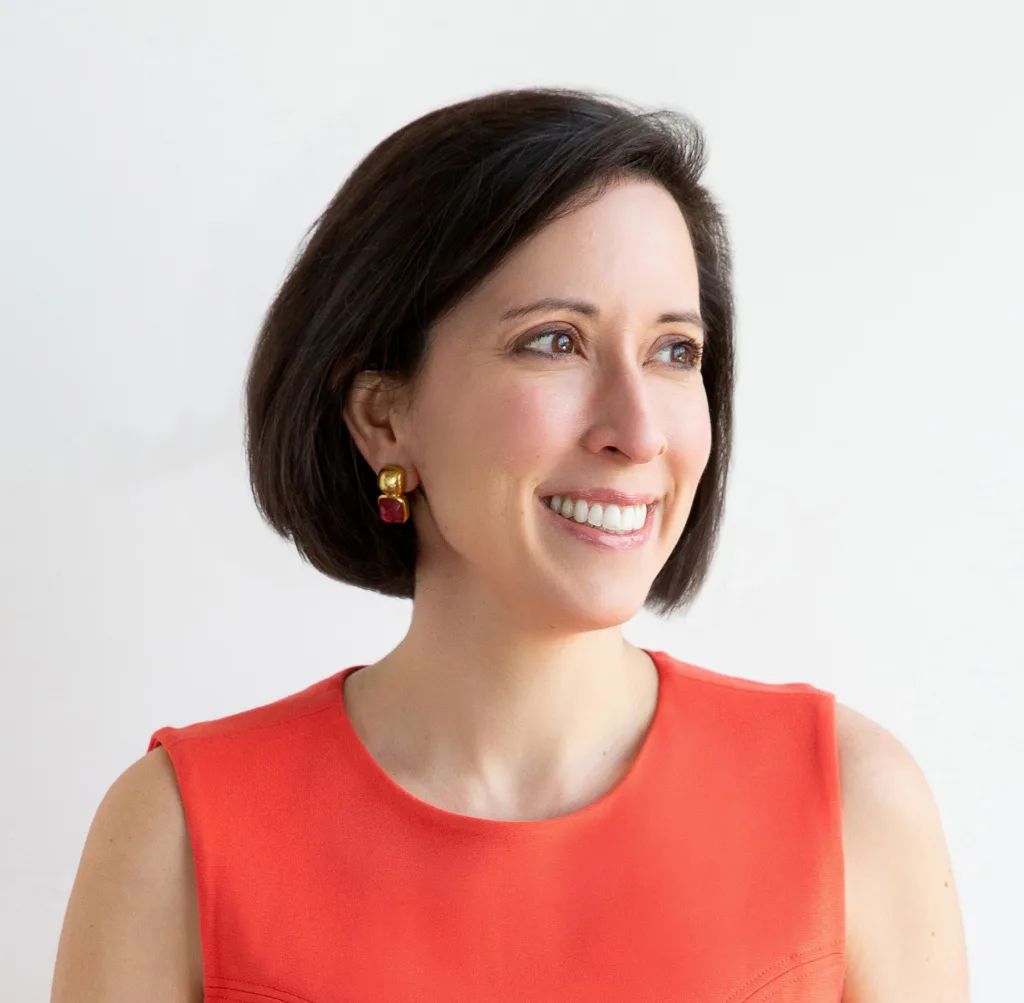
I wrote the book so that people could have an aha moment about zoning and understand that this hidden regulatory power at the local level has significant impacts on our world. The book covers a wide range of topics from facilitating small businesses to making our food supply stronger and safer, to ensuring people have access to transportation, and of course, to providing people with a diverse range of housing options. I’m hopeful that the book will expose zoning’s immense power across various aspects of our lives.
I was just reading about Long Island City and how there’s a new petition to rezone for more housing. Housing and zoning are hot topics being discussed right now.
Zoning is a hot topic right now, and I hope it stays that way because we need to do a lot more talking and thinking about how we can make it better.
When it comes to zoning, I read that you’re an optimist. How so?
I would definitely say that I’m an optimist about what zoning can do for us. There are some who say that we should abolish zoning altogether because it has done a lot of harm to individuals and to communities since local governments first started adopting zoning ordinances about a century ago. They’re right that zoning has historically had negative consequences: exclusion, sprawl, and public health effects. Provisions that exclude certain types of housing, particularly housing that’s most accessible to low-income residents, are deeply ingrained in zoning codes nationwide. The vast majority of American suburbs almost exclusively allow for single-family housing on large lots, and little else.
But zoning can also have very positive and transformative powers. It can ensure that we integrate the environment into our development. It can ensure that people have lots of different opportunities for education, for jobs, for housing, for connecting with each other. It can also help us create a sense of order in our communities and to foster improved aesthetics that give us the beautiful places that we deserve.
Is there a city that is doing zoning right?
For seven years, I chaired the planning and zoning commission of the city of Hartford, Connecticut, and with lots of public engagement, we were able to adopt an entirely new zoning code that has what I would consider to be some key components that other communities should consider adopting. Among other things, we eliminated minimum parking mandates, which lowers the cost of development and rejects the idea that we should be prioritizing car-related infrastructure.
We also legalized housing as of right, meaning that no housing proposals in Hartford are required to undergo a public hearing. Instead, we created what zoners call a form-based code, which includes a menu of building types that a developer can choose from, in each neighborhood. The city’s new form-based code establishes architectural expectations for a community while also providing developers with certainty that the proposal will get approved as long as it satisfies the criteria outlined in the form-based code. In this way, the code respects the interests of existing residents and property owners, while providing clear development paths for newcomers.
Hopefully more cities learn from what you’ve done in Hartford and do something similar. Tell me about New York City and zoning?
Large cities around the country are engaging at various levels in zoning reform. New York City has recently joined other large cities in interrogating current zoning conditions and working to build more accessible communities for the future. The city’s recent adoption of the “City of Yes” rezoning proposal marks a turning point for the Big Apple. It legalized accessory dwelling units (ADU) in large parts of the city; it eliminated parking mandates in other parts of the city; and it diversified and expanded the number of places where housing can be built, including second and third floor stories above retail shops on neighborhood main streets.
How are the towns and suburbs of New York affected by what happens in the city, regarding zoning?
New York City is the heart of a metropolitan area with 548 surrounding cities, suburbs, and towns, including in Long Island, Westchester County, and Northern New Jersey. I hope those communities start to step up to ensure that their zoning codes are written in a way that addresses housing needs—and, by the way, climate needs too.

What can everyday people do about zoning?
I’ll point you to a recent report that I coauthored with the Regional Plan Association, titled “Averting Crisis: Zoning to Create Resilient Homes for All.” That report finds that by 2040, NYC, Long Island, and Westchester County will likely have a housing deficit of 680,000 housing units, primarily due to the restrictive zoning outside of NYC and to the impact of sea-level rise, which will result in housing losses. The report underscores the need for us to think regionally about zoning and to identify the things we need to change now to plan for our future needs.
In the book, I talk about ways that people can engage with zoning in their own communities. But I would also invite people to review the National Zoning Atlas, which I created to make information about zoning available to the public. The Zoning Atlas has digitized information behind over 740,000 pages of zoning codes for about 6,700 jurisdictions. That’s around 20% of the 33,000 or so jurisdictions that might have zoning in the United States.
The Zoning Atlas is a counterpart to Key to the City: the book is really about the stories of zoning, while the atlas is the hard data that tells us exactly how our communities zone. Both are intended to be public resources that expose this really important regulatory tool that has a big impact on how we live.
Given the political history of zoning laws, how are they (or might they) be reformed in the coming years?
There’s been a lot of talk about reforms to allow for housing choice and housing abundance, and I hope and believe that there is positive political momentum to make that happen. But just as important are reforms that will help improve the impact that zoning has on the natural environment. The National Zoning Atlas has exposed that we are forcing people to build in highly environmentally unsustainable ways. We are building in environmentally sensitive areas.
We are building housing—especially housing for low-income residents—in areas where we know it will flood. We are mandating patterns of development that force people to use their cars. We are jeopardizing our food security by replacing agricultural lands and restricting the places where people can grow food within cities. The data we are amassing in the National Zoning Atlas showing these conditions should serve as a national wake-up call for change.
What are your thoughts on how, if at all, the Trump presidency is reshaping zoning laws and our cities?
There’s not currently much of a federal nexus with zoning. It’s adopted at the local level pursuant to state statutes. It remains to be seen whether the Trump administration will take a strong interest in local zoning. So far, there hasn’t been much activity in that area. But we’ll see!
What are you most upset about when it comes to zoning?
Zoning has quite a sordid history. There is a tendency of zoning codes to have provisions that exclude certain types of housing, particularly housing that’s most accessible to low-income residents. This remains deeply ingrained in zoning codes nationwide. Zoning codes around the country still embed exclusionary principles into their basic provisions. The vast majority of American suburbs almost exclusively allow for single-family housing on large lots, and little else.
































































